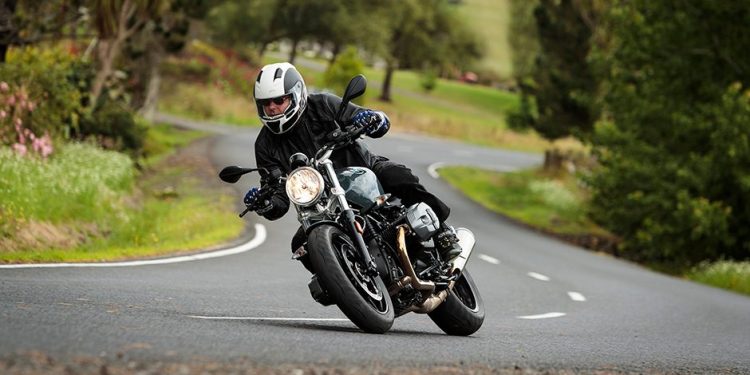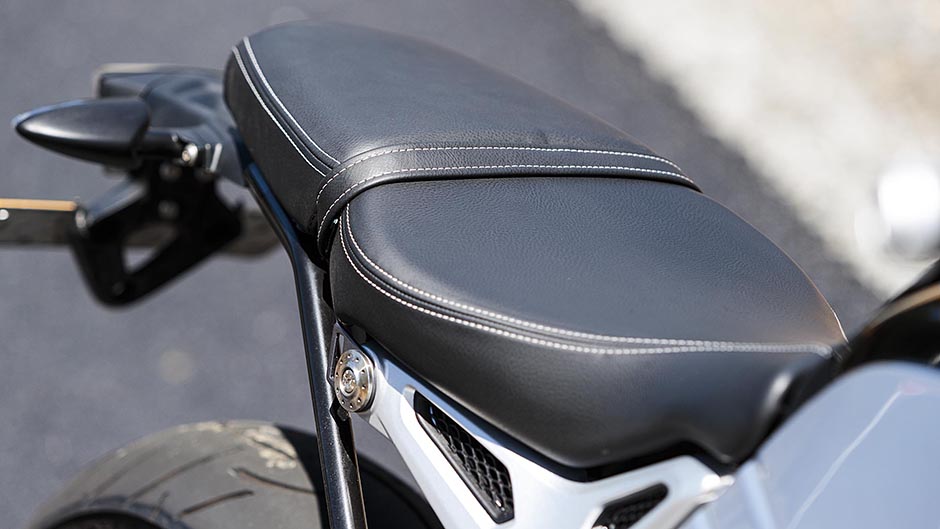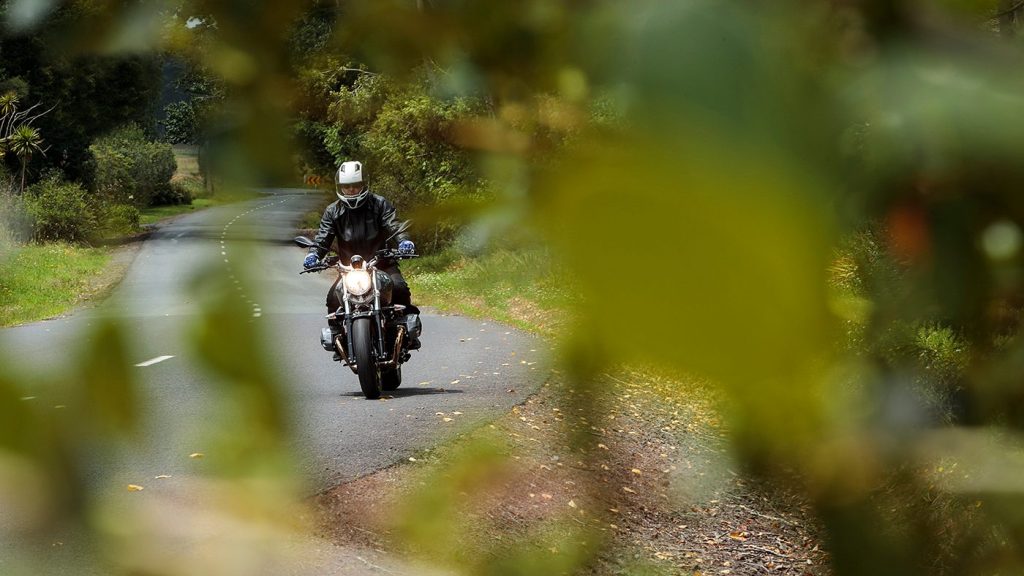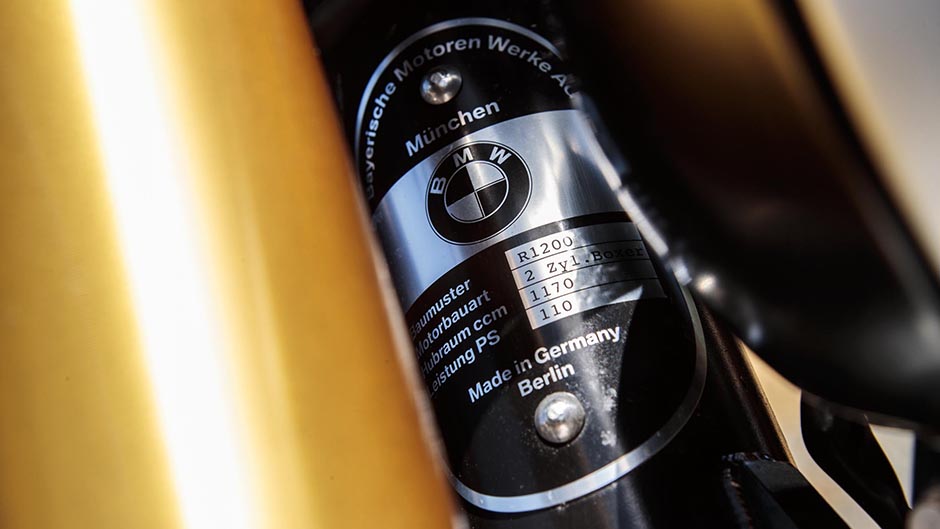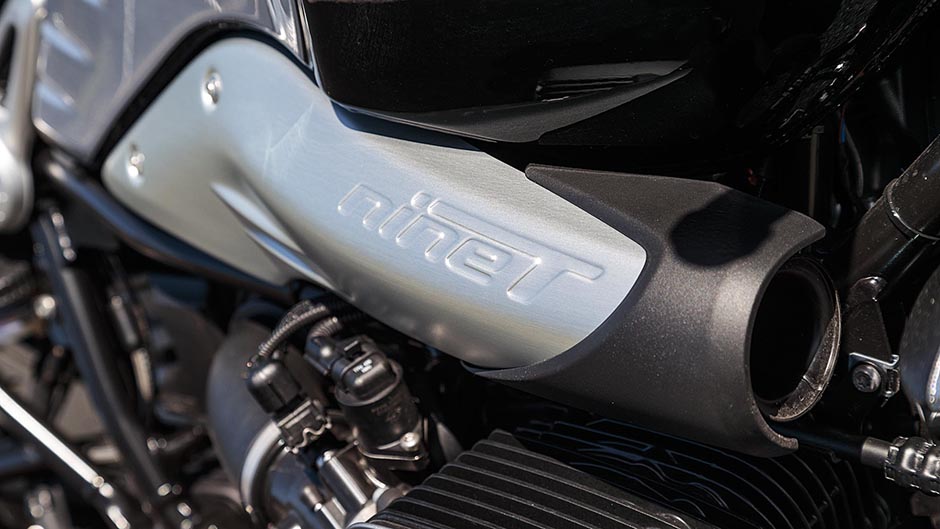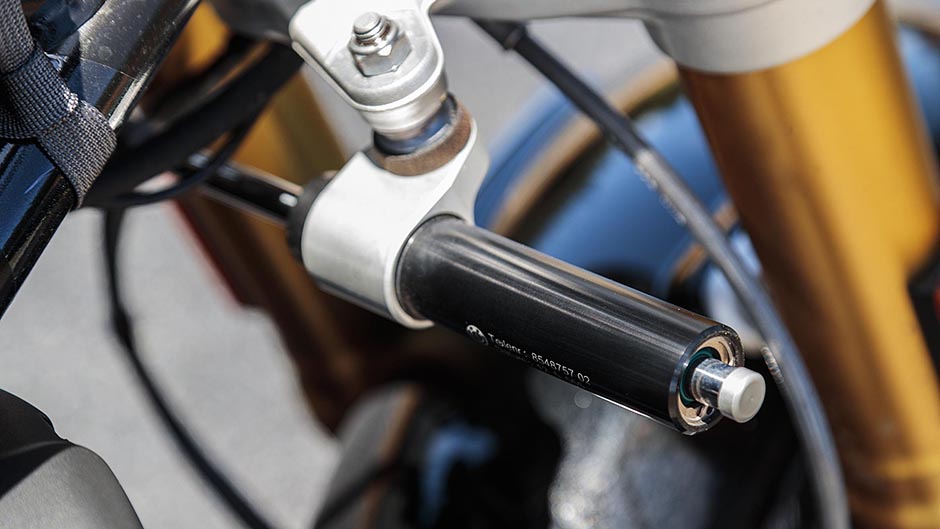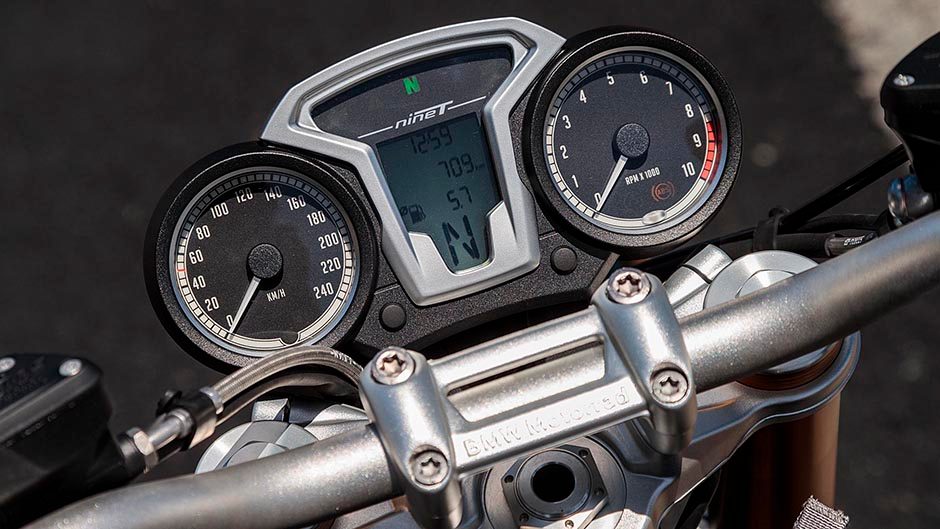2018 BMW R NineT Pure review
Words Peter Louisson | Photos Tom Gasnier
From kicking off as the Roland Sands Concept 90, the R NineT modern retro roadster has turned into a family of five. All can be easily customised, but the latest addition, Pure, is designed specifically for personalisation. Would you?
So the fifth family member of the R NineT family also happens to be the least expensive, with a sticker price of $18,990 (some dealers are doing it for less at present), but naturally enough it’s the lowest spec. The others in the range, by way of a reminder are the original R nineT, aka the Roadster, the Scrambler, the gorgeous retro Urban GS and the equally handsome (Cafe) Racer throwback. The Pure, by contrast, is essentially the stripper of the range, without electronics except for ABS, and it’s the one that’s designed specifically for customisation. Or treat it as just an entry-level bike to the line-up; it’s not like it doesn’t go just fine as it is.
So the bits and bobs on it aren’t quite to the quality level of the Roadster, the suspension and brakes being more basic, and some bits aren’t even fitted, like the centre stand. The Öhlins USD forks are ditched in favour of regular unadjustable conventional 43mm forks, and the monoshock isn’t quite to the spec of the top R nineT in the range. Moreover, brakes are four-pot Brembos but not of the radial type. However, it still has the beating heart of the R NineT sitting amidships, the easy going muscular air-cooled 1170cc twin barking through an exhaust that we’d be in no hurry to change.
Moreover, it’s now EU4 ready, thanks to a new muffler, fuel map and larger catalytic converter. You do notice that it doesn’t ride quite so well as the Roadster, which absorbs the ruts and bumps slightly better, but the confidence-inspiring handling remains, in part due to the low slung engine layout, the slugs lying horizontally rather than upright. About the one thing we really didn’t gel with so well? The basic instrument, which doesn’t even feature a digital readout of speed, nor a gear indicator. In fact, most of the info it contains I’d happily trade for a tacho, even one that’s just a numerical readout within the lone instrument, like some Harleys and Indians have. Not that it’s absolutely necessary as you ride off middling revs anyway. The bike may be basic but it’s not a spec-free area.
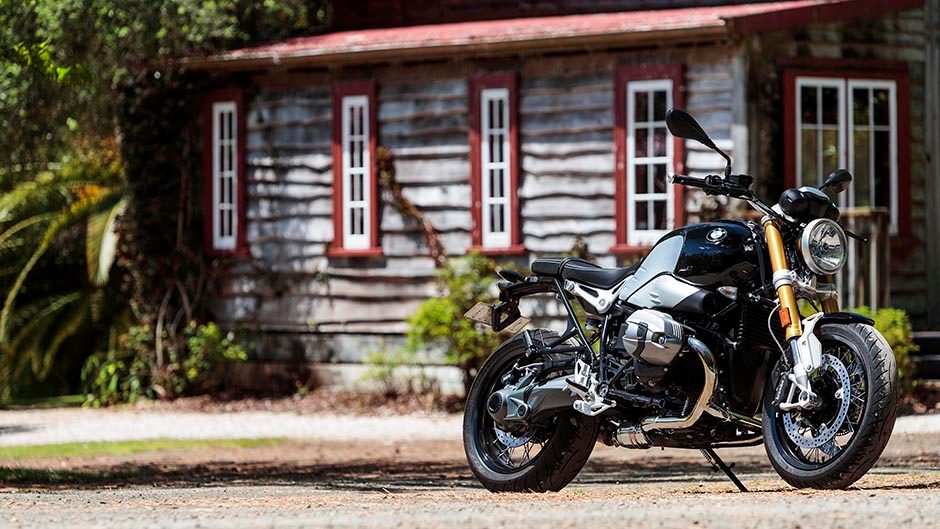
Okay, so there are no engine modes or traction control, but there is ABS. And the brakes still haul the bike down most effectively. Again, not something you’d necessarily think about changing from the outset, or indeed ever as they function so well. In fact, as a base motorcycle there’s nothing much awry with the Pure at all.
Like the others in the family, occasionally the shift mechanism baulks if you’re upshifting in a hurry through the gears. But in normal use the close-stacked ’box shifts nicely, and with shaft drive it’s not clunky when selecting first gear unlike so many chain-driven large capacity bikes tend to be. The Pure may be the stripper of the line-up but that also makes it the lightest, despite having a steel 17L gas tank that will add a few kaygees. At just under 210kg with a full load of fuel, it only ever feels that when manhandling it around in the garage.
Once underway, it feels more like a middleweight, perhaps because of its low centre of gravity and mass centralisation. Its riding position is nicely sorted too, even if the handlebars seem a little wide. Hooking into the turns and you do need to be positive about countersteering and the bars hardly look a million bucks, with a rough hewn finish; that’s something we would address early in the piece, and probably the mirrors too. As it happens, there’s a host of things that can be changed readily, should you actually want to go down that personalisation/customisation road.
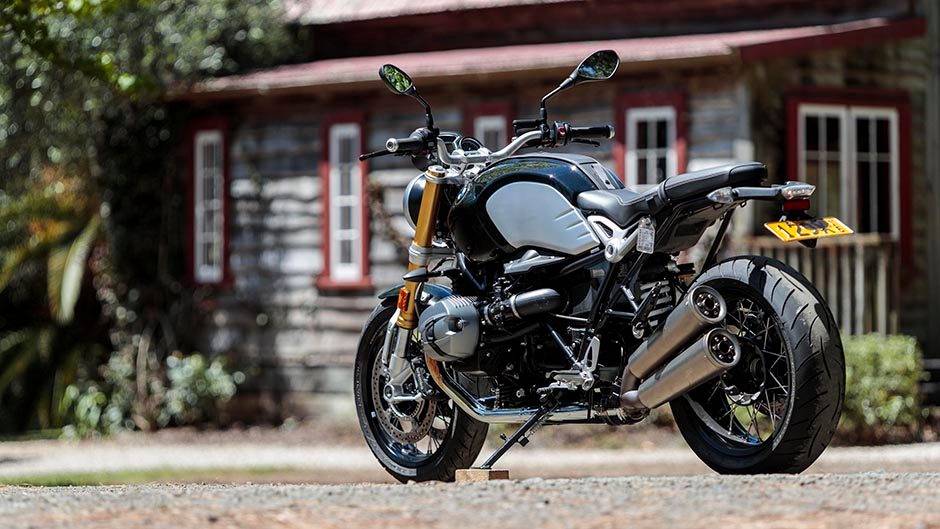
The steel fuel tank can be swapped out for an aluminium one – there are two on offer – but you’d probably not bother, given the Catalano grey colour (battleship grey) is rather fetching. Moreover, the other bikes in the family are closer to 220kg so weight loss may be more relevant for the better dressed bikes in the line-up.
On a related topic, we didn’t bother performance testing the Pure because we’ve already done that both for the Scrambler and the Roadster, with more or less identical results. The Pure might even be a touch quicker being a bit lighter, but you can expect a 0-100 of 3.5sec and an 80-120 overtake done and dusted in 1.7sec.
What may seem on the face of it to be a not especially quick bike is actually the opposite when you run it hard to the redline, wherever that may be, presumably around 8000rpm. Bear in mind this air and oil cooled 1170cc engine produces almost 110hp, and can draw on 119Nm to help drag it down the road. It’s one of the few twins that really doesn’t mind slogging away in top gear at 50km/h round city streets either. One of the options for this bike is a rev counter with onboard computer, and that’s something some will probably consider.
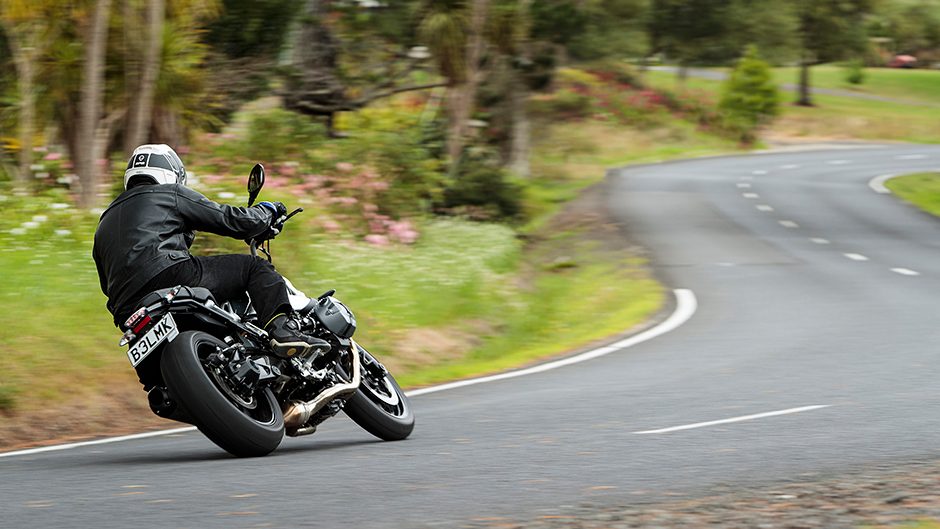
If you’re hell bent on improving performance further, and why not given mean fuel economy is a conservative 5.3L/100km, it’s more than possible to immediately ditch quite a few kg by unbolting the rear subframe and using a single seat instead which changes the look of the machine entirely. Or you can swap out the cast alloy wheels for period-looking spoked items. There’s also a whole mess of machined aluminium bits, most for enhancing engine aesthetics like CNC-milled cylinder head covers, evidently with excellent fracture strength to prevent damage in the event the bike topples off its side stand.
Other such items include an oil filler neck lid, a machined belt cover, handlebar ends and rear axle covers, and the list goes on. There’s a windshield too, but I don’t know that I’d care to spoil the lines of the Pure.
Moreover, it’s one of those bikes you’d be more tempted to ride on fine still days, and there’s nothing quite like riding a standard bike in calm weather. One of the things that really surprised about the Pure is the exhaust note. It’s phat, especially at just off idle revs so when blipping as you downshift there’s this rather alluring blat from the tailpipe.
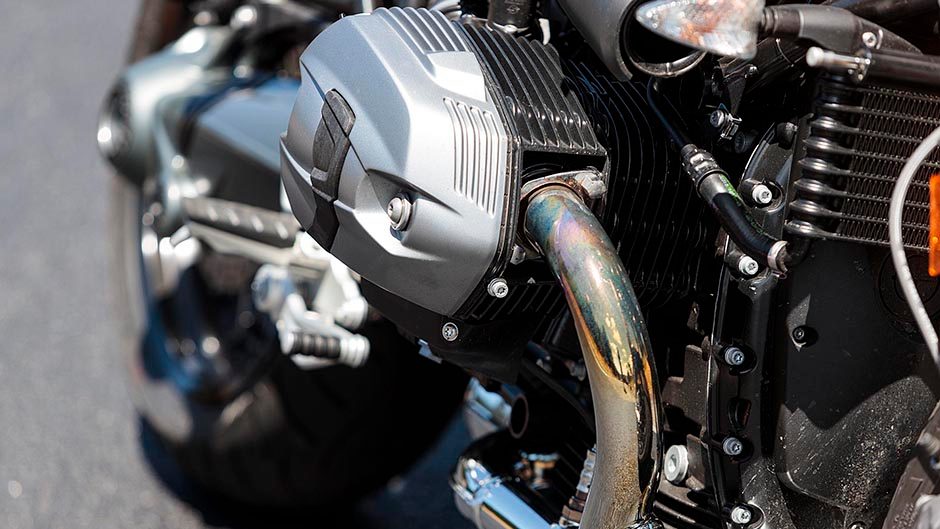
Aside from V-twins, most parallel two-cylinder machinery seldom sounds any good, but there’s something distinctive and almost romantic about the noise of a horizontal twin and in the Pure BMW has nailed it. Perhaps it’s because of the change to EU4 status. Whatever, it works. And the final thing to note is that if you’re not long of inseam it’s possible to buy a low slung seat for the Pure, making it easier to balance over the bike at a standstill.
Even with the standard seat, which is both alluringly slimline and comfortable, the standover height is only 805mm. You need a special torx type wrench to remove it though, with the bolts located underneath the seat.
So while it hasn’t quite the quality components of the Roadster, or the special look of the Urban GS, the Racer or the Scrambler, the Pure is not without its own charms, and nor is it in any way hamstrung by the loss of electronics or trick fittings.
The best bit really is that it’s the only one in the family that has a price tag beginning with a ‘1’.
| Model | BMW R nineT Pure | Price | $18,990 |
| Engine | 1170cc, air/oil-cooled, fuel injected, flat-twin, 81kW/116Nm | Drivetrain | 6-speed, shaft final drive |
| 0-100km/h | 3.56sec | 100-0km/h | 40.42m |
| 80-120km/h | 1.87sec (52.8m) | Weight | 209kg |


